Managing translation work, especially for large-scale work load companies, is a headache for management teams. Managing lots of projects at the same time, working with clients from all over the world, with freelancers working in more than three hundred language pairs across all globe time zones make it impossible for manual project management ways to succeed in meeting your tight deadlines and attending to customers’ needs.
For World-Class companies looking to assist big customers in very specified fields using the most skilled resources, it is imperative to use a highly effective Translation Management System that can meet both your expectations and those of your customers.
Also, relying on such high-level systems makes it easier for your company to manage payments for translators and employees.
Relying on accurate statistics makes it possible to devise the right plan for the future, be it for ten, five or even just one-year plans.
Knowing your customers’ stance makes it possible to approach them and to satisfy their needs, in order to keep them happy and making others happy as well.
So, how can we evaluate the most effective system that is suitable for our company or work?
This step is very important, as choosing the wrong system will cause you to waste many working hours and opportunities that could have taken your business to higher levels.
The first element you should consider is your work scale and workload, as not all systems are the same, with each one of them having its features and characteristics. Knowing your needs is essential in order to be able to choose which system to use, so that it can assist your work in the most perfect way in managing all your projects, teams, payments and customers.
Another option in most Translation Management Systems is having a Client Profile, which helps customers submitting their orders directly to your portal, and the system assigns it to the available translator who can carry out the first step of the project. Afterwards, the system will move on to the next step, which is the revision of the project, by assigning it to a reviewer with the skills needed to finish this phase and to complete the task. The system can then move on to the proofreading phase, which has its own deadline as all the other phases, and when finished, it will move to the next phase.
After completion of all phases, the project will be marked as Complete, and it could either be delivered as planned directly to customer, or it can be delivered manually if one opts to do so.
For Top Management, there is a very important feature helping them to set-up their plans, which is the system statistics that shows turn-over, cost, salaries, rent and transfer costs and profits.
This information is really important in order to know your current situation and define your future plans. Planning based on actual information is essential for companies looking to increase their market share and grow their business in order to become a great company boasting a World-Class performance.
For translators, it is essential to cope with such systems, as only good companies can afford their costs, in order to employ them in all their projects.
Getting accustomed to every new technology and system will endow you with a great asset in translation work, and you will be favored by important companies that in turn will send more work your way, since you will be able to deal with their systems and needs.
By: Hossam Ash-Sharkawi
Chairman
Al-Andalus Group LTD




